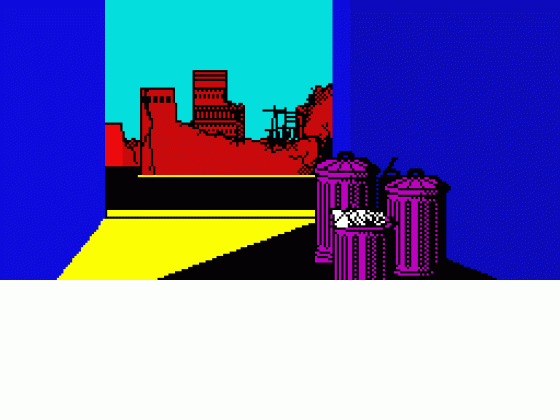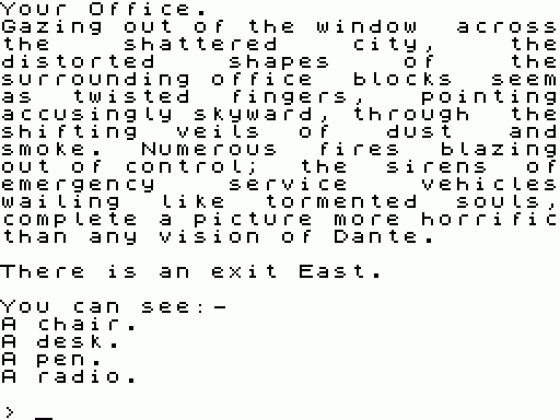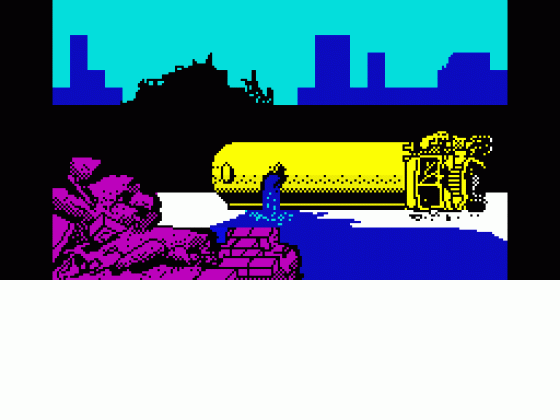Other Reviews Of After Shock For The Spectrum 48K/128K
After Shock (Interceptor Micros)
A review by Mike Gerrard (Your Sinclair)
Aftershock (Interceptor Micros)
A review
After Shock (Interceptor)
A review by Gary Rook (Sinclair User)
After Shock (Interceptor Micros)
A review by Keith Campbell (C&VG)


 1st November 1986
1st November 1986















